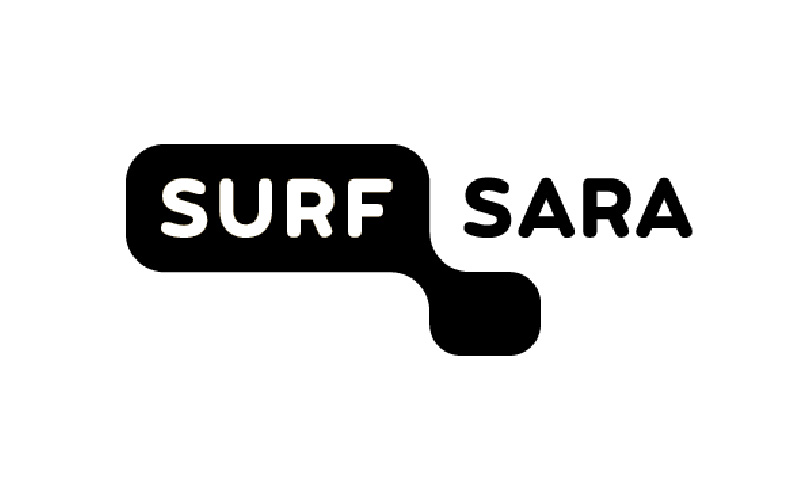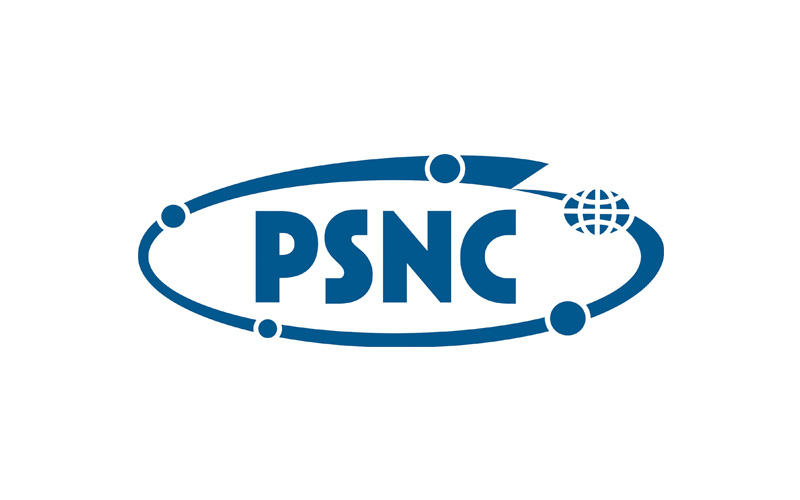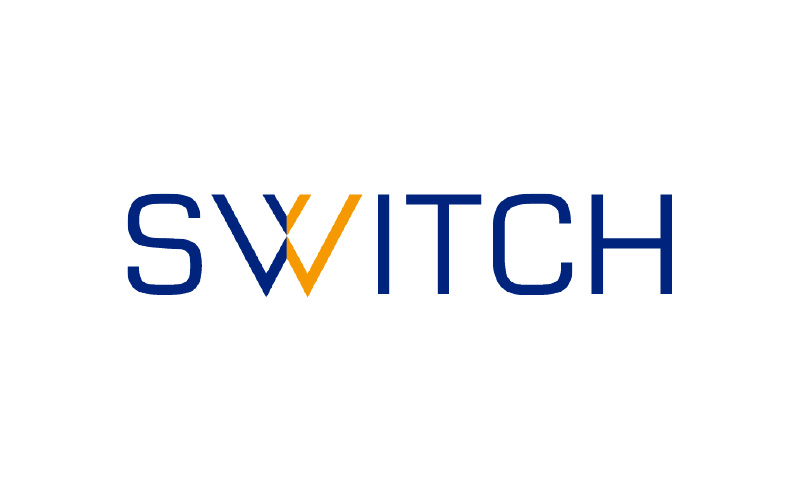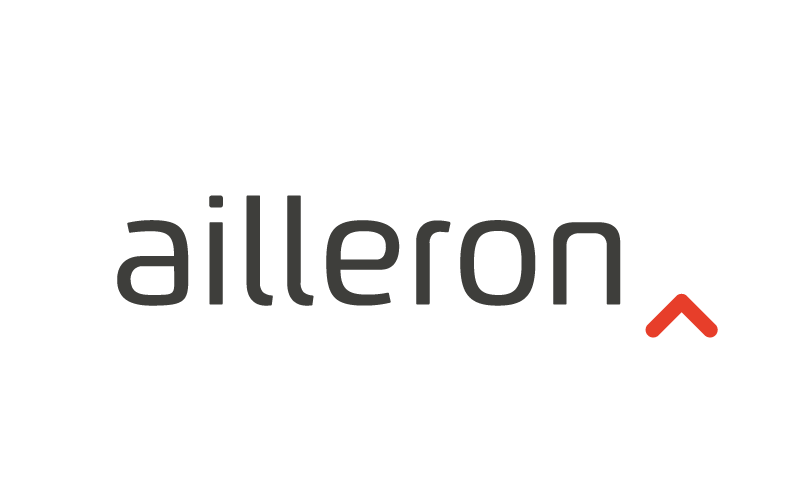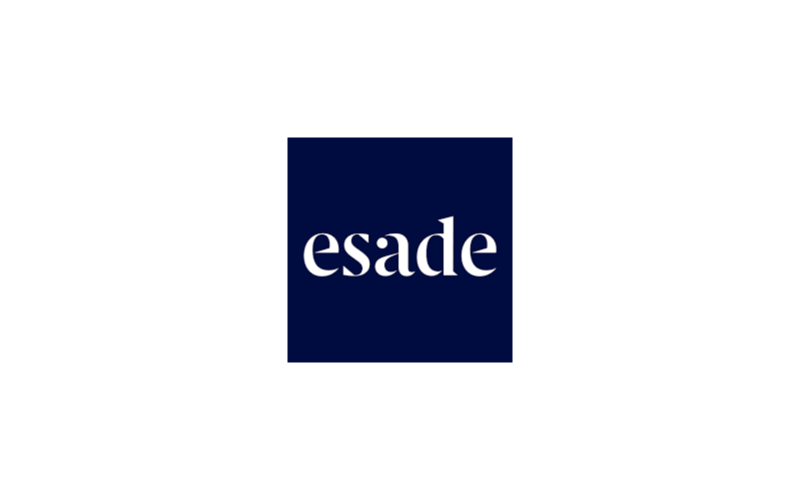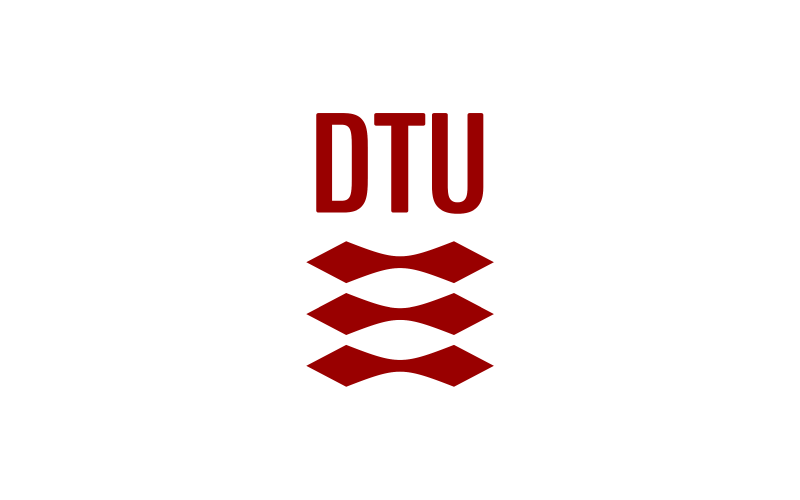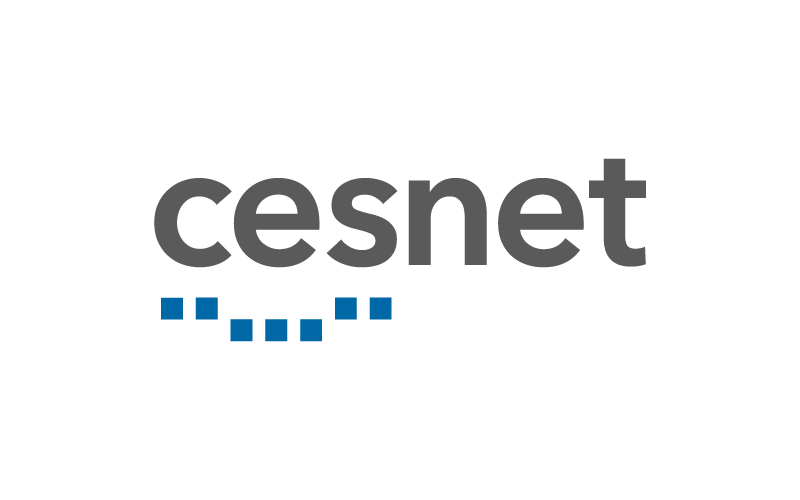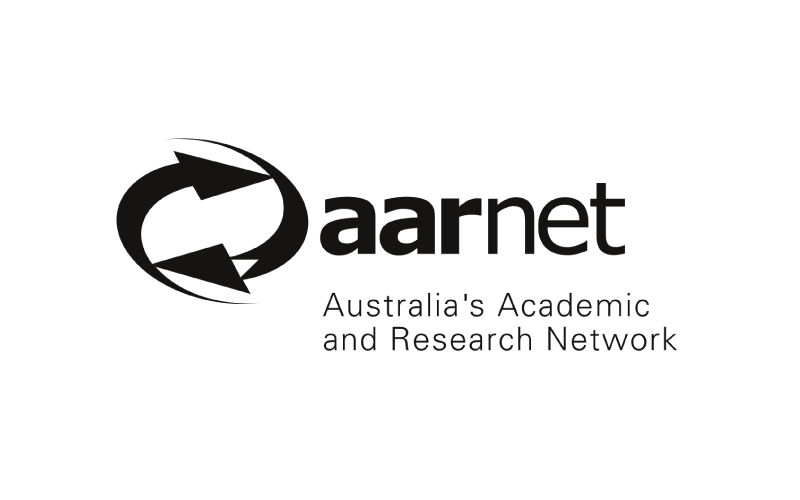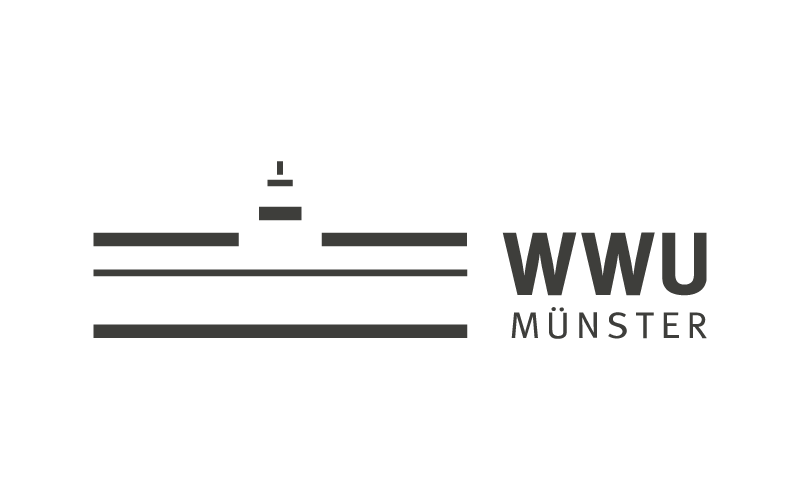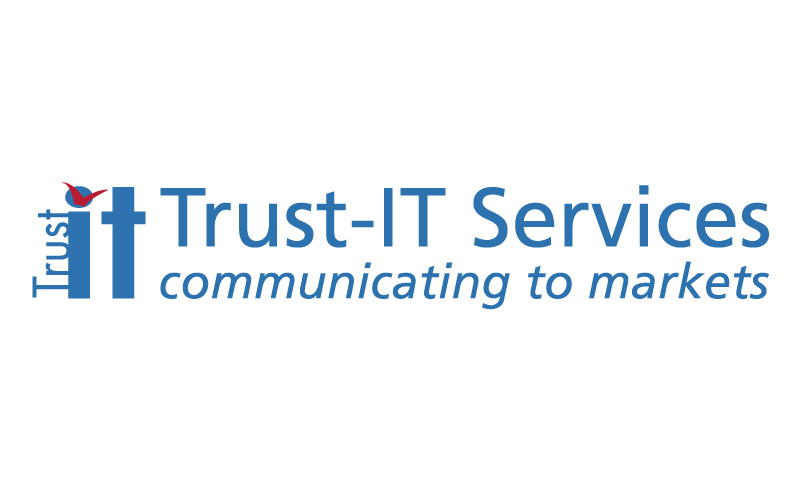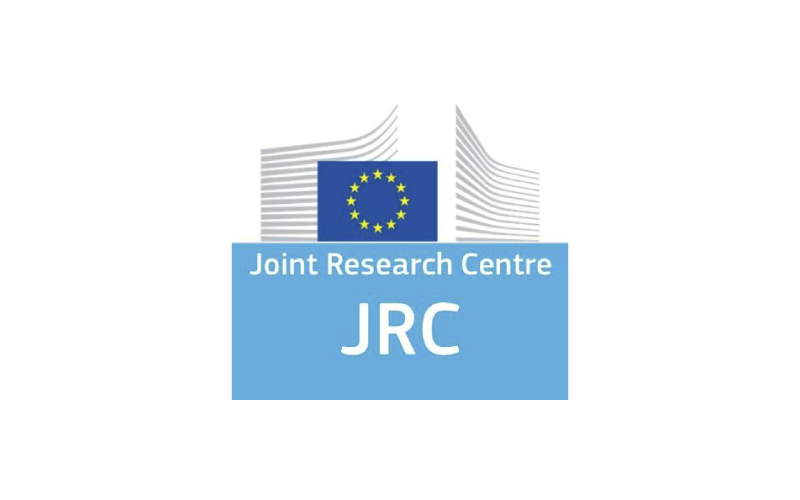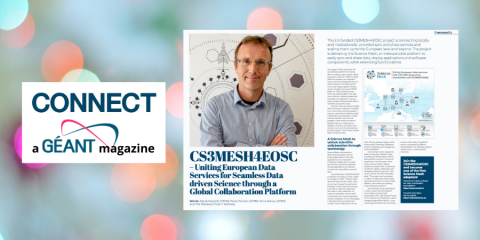
The usage of EFSS (Enterprise File Sync&Share) platforms for sharing files is increasing, with a global market expected to reach $17 billion by 2025. Within the research and education sector, the Cloud Storage Services for Synchronisation and Sharing (CS3) community brings together vendors, service providers and users of EFSS platforms. CS3 provides services that are indispensable for the daily user workflows, allowing researchers, scientists and engineers to backup, share, transfer and synchronise data in seamless yet powerful ways. However, these services are largely disconnected and deployed in isolation from one another and other research services, preventing an effective global collaboration and exploitation of data towards scientific and economic progress. Users need to be able to globally share and collaborate on datasets, as well as use higher-level services, such as computing services for data analysis. This is where Science Mesh comes into play.
A Science Mesh to unlock scientific collaboration through technology science
Science Mesh will provide the aforementioned players with an interoperable platform with data, applications and computation combined, enabling them to easily synchronise, share and collaborate through applications and software components across Mesh-powered sites. Jakub Moscicki, CS3MESH4EOSC coordinator and Deputy Group Leader for Storage at CERN: “Science Mesh allows the best of both worlds: users do not need to leave the well-known interfaces of their institutional services to be able to efficiently collaborate with users in other institutions. Its unique functionalities may be easily customised to the needs of particular research disciplines. And it is leveraging a fully-Open-Source development model in close collaboration with the Open-Source software industry while improving the Technology Readiness Level of contributing technologies (e.g. OpenCloudMesh).” Science Mesh users will gain the ability to share their datasets widely according to FAIR principles, without losing control over them. It will be an integral part of the European Open Science Cloud (EOSC), offering researchers opportunities to assemble an efficient, reliable, collaborative and transparent research toolchain. Bob Jones, Director of EOSC Association adds, “The project has the potential to deliver a collaborative cloud-based data-sharing service for Europe, linking different communities and enabling cross-disciplinary research.” Science Mesh is being developed in close contact with pilot research communities, including Earth Observation (JRC), High Energy Physics (LHC), Astronomy (LOFAR) and Cultural Heritage Studies (PARADISEC). Future market opportunities for its commercial use are under study with global IT service companies (e.g Ailleron/SoftwareMind). The federated testbed already exists, connecting eight initial sites.
Join the CS3MESH4EOSC and become one of the first Science Mesh adopters!
Instructions to deploy software and rules of participation are available at https://sciencemesh.io/
For further information, visit the website https://cs3mesh4eosc.eu
Download or view online the new CONNECT Magazine from GÉANT community here: https://connect.geant.org/connect-magazine








